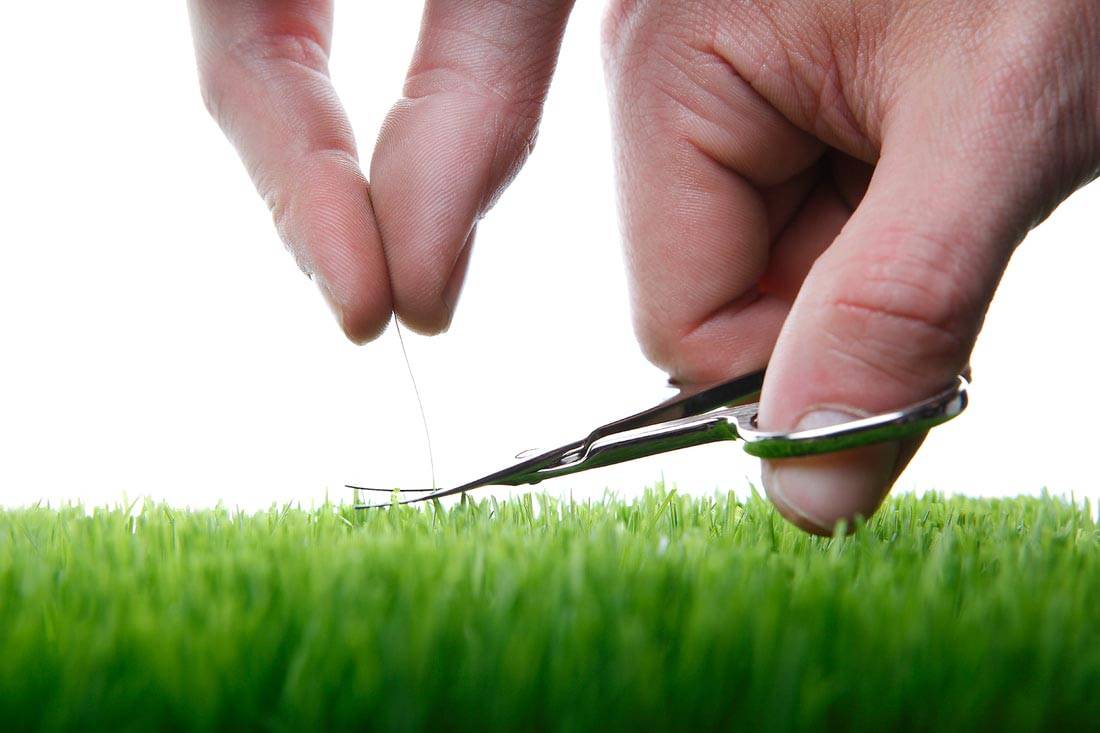Obsessive Compulsive Disorder or “OCD” is widely known in medial and is often misused in daily conversation. Often people will describe themselves as being “OCD” about certain things that they do or how the clean. As a result, the condition OCD can be often misunderstood and people often do not know how to identify the symptoms of the disorder.
OCD is generally thought to affect around 2.5 in every 100 people in the general population. As adults, we can usually identify, at least to some degree, that our behaviour is unhealthy and interfering with our lives. However, children with OCD symptoms are not able to self-identify as easily and will sometimes hide their symptoms from adults because of shame or fear. For this reason, it is important for guardians to know what OCD symptoms look like so they can seek appropriate care if required.
WHAT IS OBSESSIVE COMPULSIVE DISORDER?
WHAT ARE THE SYMPTOMS?
- Contamination Fears: With this symptom, your child would frequently worry about germs and cleanliness.
- Number Obsessions: This refers to becoming fixated on particular numbers or completing tasks or rituals a certain number of times.
- Symmetry Obsessions: With this symptom, your child becomes anxious if things are not balanced or arranged in particular order.
- Fear of harm: This symptom refers to the fear or worry of the person hurting themselves or others.
- Unwanted thoughts: This symptom refers to the fear or obsession about particular taboo thoughts often regarding sex or religion. In children, this is more often expressed by drawings or games.
Compulsions: Compulsions are behaviours or rituals the individual feels they need to repeat.
Common compulsions include:
- Excessive cleanliness rituals like hand washing.
- Arrange objects in a particular way.
- Checking things are a certain way i.e. checking that the door is locked or that the stove is off.
- Repeated counting.
It can be difficult to know if something your child is expressing is truly at a disordered level, or if it is a habit or “quirk”. Some things to watch out for are that your child truly has difficult or cannot stop themselves from checking something repeatedly. Another aspect is that they have lost all enjoyment and are checking or performing the ritual to reduce their anxiety or because they feel something bad will happen if they do not.
WHAT CAUSES OCD?
Scientists have not yet to been able to say what causes OCD. Research is improving our understanding of what is behind it. One prominent idea is that OCD is caused by different levels of “serotonin,” a brain chemical.
Reduced levels of serotonin in the brain can potentially cause the brain to react as if an alarm is going off. The brain can begin to perceive danger where there is no danger, causing an anxiety cycle.
There is also significant evidence that there is a genetic influence over OCD. If there is a family history of OCD, the chances of developing OCD yourself or your child developing the disorder increase. However, genetics are not the only factor and life events and stressors can often trigger the disorder. Both of these factors are important.
WHAT CAN BE DONE TO TREAT CHILDREN AND TEENS?
Treatment for OCD is fundamentally the same for children and adults. Individual therapy is an effective possible treatment. Cognitive Behavioural Therapy (CBT) is often used to help change the person’s thought patterns, so that they can identify illogical thoughts, and manage triggers.
It is important that children with OCD access the help they need and also that they have a feeling of safety and comfort with their therapist. It is also helpful to access therapy when a child is younger because the success rate is significantly higher.
Reference:
Gryczkowski, M. R., & Whiteside, S. P. (2014). Pediatric obsessive-compulsive disorder.
The National Institute of Mental Health. “Obsessive Compulsive Disorder.” N.p., 1 Jan. 2015. Web. 19 May 2016.




